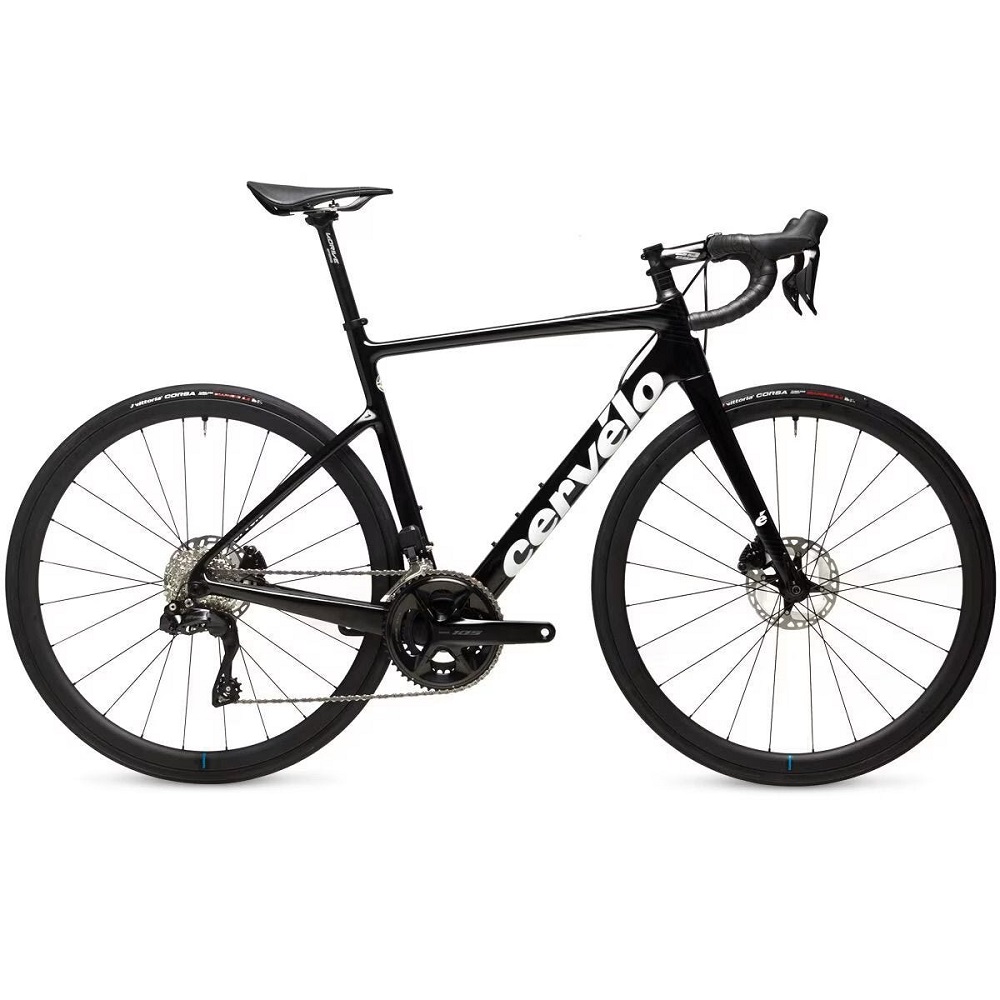What is a Road Bike?
Road bikes are designed for speed and efficiency on paved roads. They feature lightweight frames and narrow wheels that enhance aerodynamics. These bicycles are ideal for competitive cycling, long-distance riding, and casual racing. Bicycles road bikes are popular due to their performance and adaptability.
Key Features of Road Bikes
Road bikes have unique features that set them apart from other bicycles:
- Lightweight Frame: Made of materials like aluminum, carbon fiber, or steel for easy handling.
- Drop Handlebars: They offer multiple hand positions and better aerodynamics.
- Thin Tires: Narrow and smooth, reducing road resistance and ensuring higher speeds.
- Gear Range: Wide gear options suited for climbs and fast descents.
These features make road bikes efficient and a top choice for road cycling enthusiasts.
Differences Between Road Bikes and Other Bicycle Types
Road bikes differ significantly from other bicycle types, like mountain or hybrid bikes:
- Purpose: Road bikes are optimized for paved surfaces, unlike mountain bikes which excel on rough terrain.
- Design: Road bikes prioritize speed and lightweight construction; mountain bikes focus on durability and stability.
- Handlebar Style: Drop handlebars for bicycles road bikes versus flat or riser handlebars for other types.
- Tires: Road bikes use thin tires; mountain and hybrid bikes feature wider ones.
These distinctions help riders select the right bike for their specific needs and environment.

Types of Road Bikes
Road bikes come in different styles, each suited for specific riding preferences and conditions. Below are the primary types of bicycles road bikes and their key characteristics.
Race Bikes
Race bikes are designed with speed and performance in mind. Their frames are lightweight and optimized for aerodynamics. They feature aggressive geometry, placing the rider in a forward-leaning position to reduce wind resistance. These bikes are perfect for competitive events and fast-paced rides on smooth roads. However, their focus on speed may make them less comfortable for extended rides.
Endurance Bikes
Endurance bikes prioritize comfort over speed. They are ideal for long-distance rides and casual cycling. These bikes have relaxed geometry, which reduces strain on the back and shoulders. They use wider tires, providing better grip and cushioning for uneven surfaces. Endurance bikes are a popular choice for riders seeking a balance of performance and comfort.
Gravel and All-Road Bikes
Gravel and all-road bikes are built for versatility. They can handle both paved roads and off-road trails with ease. These bikes feature wider tires and robust frames for stability and durability. They often include mounting points for racks and bags, making them a great option for bikepacking and adventures. Gravel bikes are perfect for riders who want to explore diverse terrains.
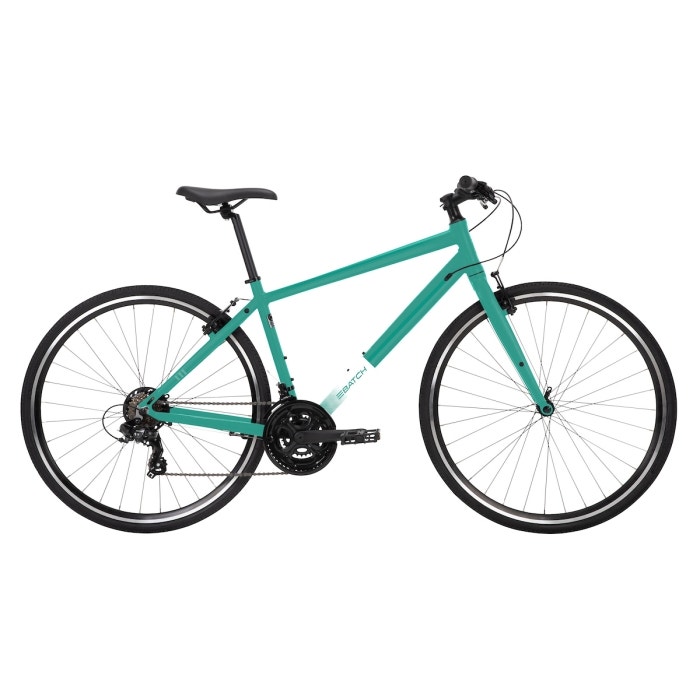
How to Choose the Right Frame Material
Road bike frames come in various materials, each offering unique benefits and drawbacks. Choosing the right material depends on your riding style, preferences, and budget.
Aluminum vs Carbon Fiber vs Steel
- Aluminum: Aluminum frames are lightweight, affordable, and resistant to rust. They provide a stiff ride, ideal for speed and efficiency. However, they may lack comfort during long rides on uneven roads.
- Carbon Fiber: Carbon fiber frames are highly durable, super lightweight, and absorb bumps well. They offer excellent aerodynamics, making them great for competitive cyclists. These frames, however, tend to be expensive.
- Steel: Steel frames are strong and provide a smooth, comfortable ride. They are heavier than aluminum or carbon fiber, making them less suitable for racing.
Pros and Cons of Each Material
- Aluminum Pros: Affordable, lightweight, easy to handle. Cons: Limited comfort on rough surfaces.
- Carbon Fiber Pros: Highly aerodynamic, comfortable for long rides. Cons: High cost.
- Steel Pros: Long-lasting and delivers optimal comfort. Cons: Heavy and less efficient for racing.
Choosing the right material for your road bike greatly impacts performance and comfort. Consider your goals and budget to decide what suits your needs.
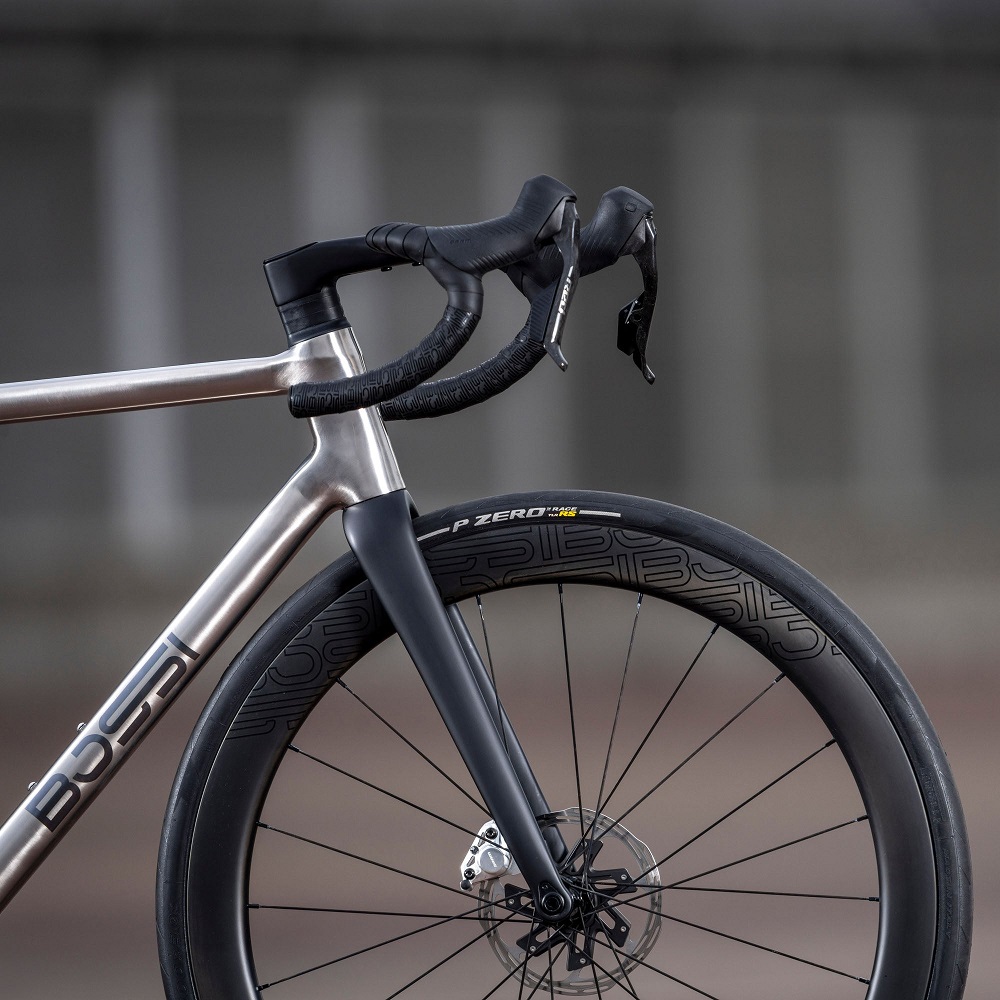
Selecting the Right Bike Size and Fit
Choosing the correct size and fit is crucial for comfort and performance in road cycling. A properly fitted bike ensures you avoid unnecessary strain and maximize efficiency. Here’s a detailed look at why fit matters and how to measure for the right size.
Importance of Proper Fit
- Enhanced Comfort: A well-fitted road bike reduces pressure points and ensures a comfortable ride, even over long distances.
- Improved Efficiency: Proper fit allows for better energy transfer, making your pedaling more effective.
- Injury Prevention: A poor fit can lead to injuries, especially in the knees, back, and wrists.
- Higher Confidence: Riding a bike that feels natural boosts confidence and enjoyment.
Taking the time to get the right fit can significantly impact your cycling experience, particularly on challenging terrains.
How to Measure for the Right Bike Size
- Measure Your Inseam:
- Stand against a wall with bare feet, 6–8 inches apart.
- Place a book between your legs and measure from the floor to the book’s spine.
- Record this measurement in centimeters or inches.
- Calculate Your Ideal Frame Size:
- For road bikes, multiply your inseam (cm) by 0.67 to estimate the correct frame size. This formula provides a good starting point.
- Check Standover Height:
- Straddle the bike’s top tube with both feet flat on the ground.
- There should be 1–2 inches of clearance for bicycles road bikes to ensure safety.
- Adjust Saddle and Handlebar Position:
- The saddle height should allow for a slight bend in the knee when the pedal is at its lowest.
- The handlebars should be easily reachable without straining your back or arms.
- Test the Fit:
- Take a short ride to see how the bike feels.
- Adjust components as needed to achieve the perfect balance of comfort and control.
Proper measurement and adjustments improve your overall cycling performance. Use these steps to ensure your bike fits like a glove.
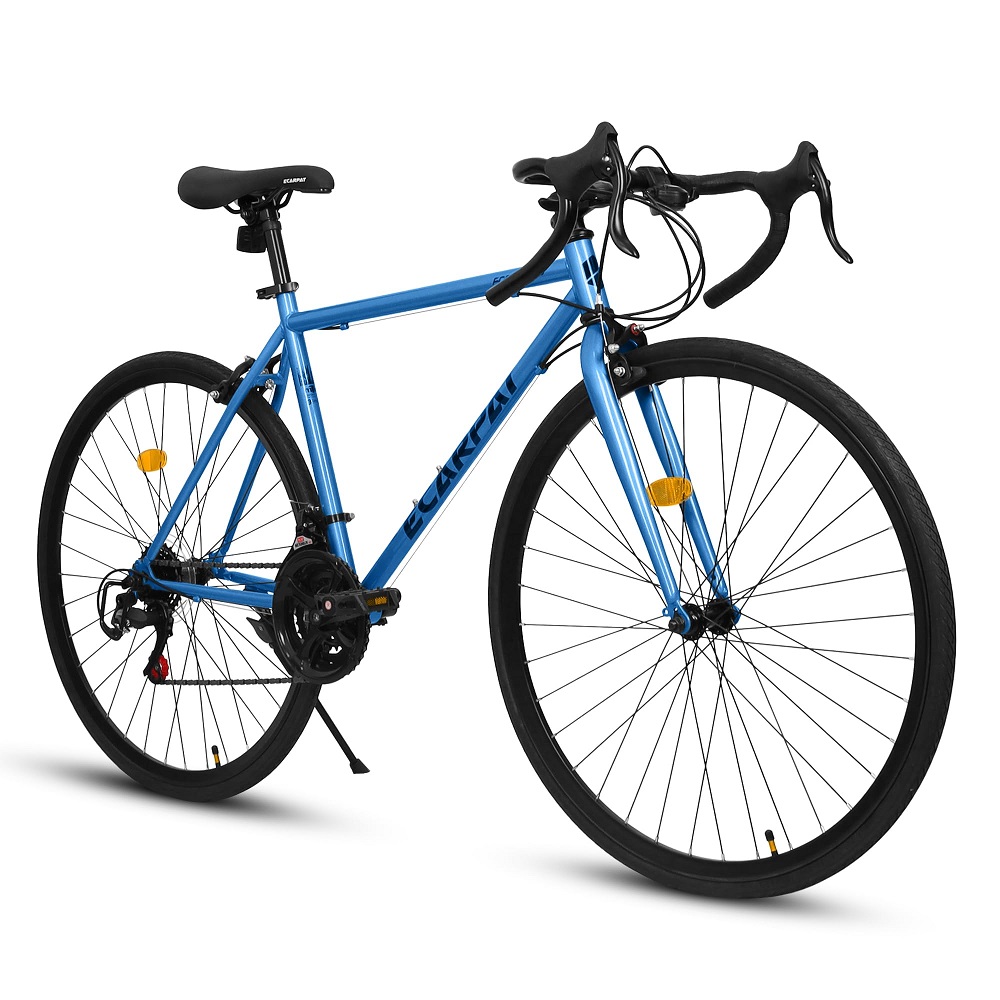
Components to Consider
When buying a road bike, key components significantly affect performance and overall riding experience. Understanding these components helps you choose the best bike for your needs.
Groupset Options: Shimano, SRAM, and Campagnolo
The groupset includes gears, brakes, and derailleurs. Its quality impacts shifting, braking, and efficiency.
- Shimano: Known for reliability, Shimano is ideal for beginners and experienced riders. Options range from entry-level (Claris, Sora) to top-tier (Dura-Ace).
- SRAM: Offers innovative designs, such as single-chainring systems. It’s lightweight and popular among competitive cyclists.
- Campagnolo: This high-end option is favored for precision and smooth shifting. Best for advanced riders seeking performance.
Selecting the right groupset affects bike performance, durability, and ease of maintenance.
Wheelsets and Their Impact on Performance
Wheelsets play a crucial role in speed and handling. Here’s what to consider:
- Weight: Lightweight wheels improve acceleration and climbing but might cost more.
- Aerodynamics: Deep-section rims reduce air drag, making them ideal for fast road rides.
- Material: Aluminum wheels are durable and cost-effective. Carbon wheels are lighter but pricier.
- Tire Type: Clincher tires are easy to replace, while tubeless tires offer better puncture resistance.
The right wheelset enhances ride quality and complements your road cycling style.
Saddle and Handlebar Options
Comfort depends greatly on the saddle and handlebars. Here’s what to keep in mind:
- Saddle:
- Shape: Wide saddles suit casual riders; narrow ones cater to competitive cycling.
- Padding: Gel padding offers extra cushioning, while firm saddles improve weight distribution.
- Handlebars:
- Drop Bars: Common on road bikes for multiple hand positions and aerodynamics.
- Width: Choose handlebars similar to your shoulder width for optimal control.
Both the saddle and handlebars should suit your riding position and personal preferences.
By focusing on these components, you can improve your riding comfort and bike efficiency.
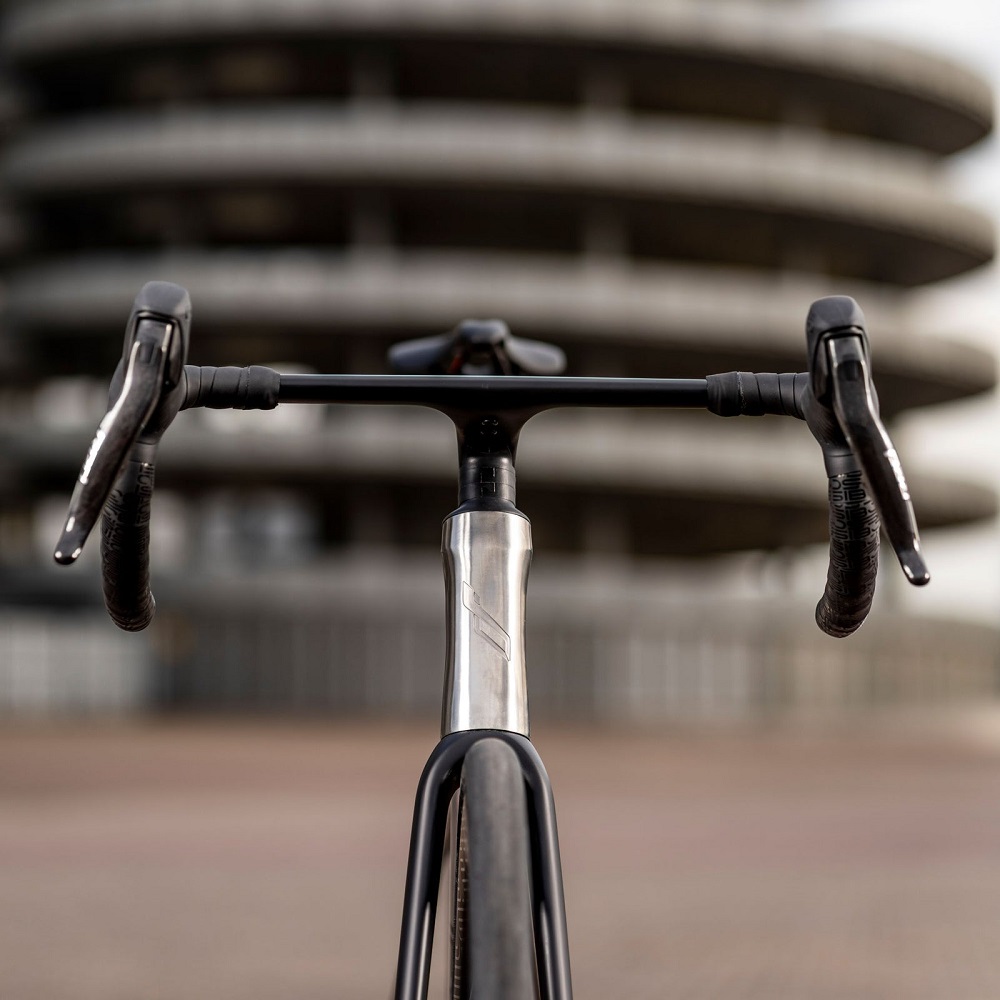
Budgeting for Your Road Bike
Choosing the right road bike requires balancing performance, quality, and your budget. Bike prices range from entry-level options to high-end models. Here’s a breakdown to help you decide.
Entry-Level, Mid-Range, and High-End Bikes
- Entry-Level Bikes:
- Entry-level road bikes are affordable, usually priced under $1,000.
- Commonly made with aluminum frames and basic groupsets like Shimano Claris or Sora.
- Perfect for new riders or casual cyclists looking for a dependable ride.
- Mid-Range Bikes:
- These bikes typically cost between $1,000 and $3,000.
- Often feature carbon fiber frames or upgraded aluminum with better components.
- Groupsets like Shimano 105 or SRAM Rival improve performance and durability.
- Ideal for enthusiastic riders seeking a balance of comfort and speed.
- High-End Bikes:
- High-end road bikes cost $3,000 and up.
- They use advanced materials like full carbon fiber frames and the lightest wheelsets.
- Equipped with top-tier groupsets like Shimano Dura-Ace or Campagnolo Super Record.
- Tailored for professional cyclists or those wanting the best performance.
Balancing Cost and Features
- Consider Your Needs:
- Decide if you want a bike for leisure rides, fitness, or competition.
- Competitive cyclists benefit more from high-end bikes.
- Prioritize Key Components:
- Invest in a reliable groupset, lightweight wheelsets, and a comfortable saddle.
- A carbon frame is worth it for long rides but isn’t essential for beginners.
- Future Upgrades:
- Save money initially by focusing on an upgradeable frame.
- Components like wheels or handlebars can be upgraded as your skills improve.
- Test Ride Within Your Budget:
- Try bikes in different price ranges to find your perfect fit.
- Comfort and efficiency matter as much as cost.
Spending wisely on a road bike ensures you enjoy cycling while staying within your financial limits.
Accessories and Gear to Enhance Your Riding Experience
Enhancing your road cycling experience depends on having the right gear and accessories. These items improve safety, comfort, and performance. Whether you’re a beginner or an experienced cyclist, investing in quality gear makes every ride more enjoyable.
Helmets, Shoes, and Pedals
- Helmets:
- Protects your head and ensures safety during falls or accidents.
- Choose lightweight helmets with ventilation for comfort on long rides.
- Look for models with adjustable fit systems.
- Cycling Shoes:
- Provide firm grip on pedals and improve power transfer.
- Pair with cleats compatible with clipless pedals for better efficiency.
- Popular types include road cycling shoes and all-purpose models.
- Clipless Pedals:
- Improve control and maximize energy use during pedaling.
- Options like Shimano SPD-SL or Look KEO are common for bicycles road bikes.
- Select pedals matching your shoe cleat type for optimal performance.
Lights and Cycling Computers
- Bike Lights:
- Front lights improve visibility on dimly lit roads.
- Rear lights ensure safety by alerting other road users.
- LED options offer brightness without draining battery quickly.
- Cycling Computers:
- Track speed, distance, and ride time for better fitness monitoring.
- GPS models help navigate new routes easily.
- Choose simple wired types or advanced wireless units based on budget.
Maintenance and Repair Tools
- Essential Tools:
- Carry a multi-tool for quick adjustments on the go.
- A tire pump and patch kit prepare you for punctures.
- Chain lubricants help maintain smooth gear shifting.
- Advanced Tools:
- Torque wrenches and chain Wear measurement tools are useful for detailed maintenance.
- Invest in a bike stand to work more conveniently at home.
- Portable Repair Kits:
- Lightweight kits offer roadside solutions for unexpected bike problems.
- Include spare tubes, levers, and patches in your repair kit.
Selecting the right accessories ensures safer and more enjoyable rides. Prioritize quality and functionality when choosing your gear.
Tips for Buying Your First Road Bike
Choosing your first bicycles road bikes can feel overwhelming. Here’s a guide to simplify the process.
Shopping New vs Used
- New Bikes:
- Offer the latest technology, warranty, and reliable parts.
- Perfect for riders prioritizing peace of mind and long-term use.
- Typically cost more than used options.
- Used Bikes:
- More affordable and suitable for budget-conscious riders.
- Let you explore higher-quality parts within a lower price range.
- Might require careful inspection for hidden issues like frame damage or worn components.
- Things to Check in a Used Bike:
- Look for cracks, rust, or excessive wear on the frame and wheels.
- Check the chain, brake performance, and gear shifting smoothness.
- Ask about the bike’s maintenance history for better insight.
Decide between new or used based on your needs, preference, and budget.
Test Rides and What to Look For
- Importance of a Test Ride:
- Helps ensure the bike’s comfort and fit before purchase.
- Allows you to gauge its handling and responsiveness.
- What to Test:
- Ensure you can comfortably reach the handlebars and pedals.
- Check the saddle height and position to avoid strain.
- Test braking, gear shifting, and overall feel on varied surfaces.
- Ask Questions:
- Clarify about frame material, groupset, and potential modifications.
- Understand available warranties or return policies.
Never skip the test ride as it ensures your potential bike suits your needs.
Finding the Best Deals
- Shop During Sales:
- Look for discounts during off-seasons or holiday sales.
- Many shops offer reduced prices before launching new models.
- Compare Prices and Options:
- Visit multiple bike shops or browse online retailers.
- Compare pricing for similar specs and features.
- Negotiate:
- Ask about bundled deals for accessories like helmets, lights, or pedals.
- Some shops might adjust pricing slightly to close a sale.
- Consider Financing:
- Many shops offer payment plans if buying a high-end bike.
Follow these tips to secure the best value while staying within your budget.
